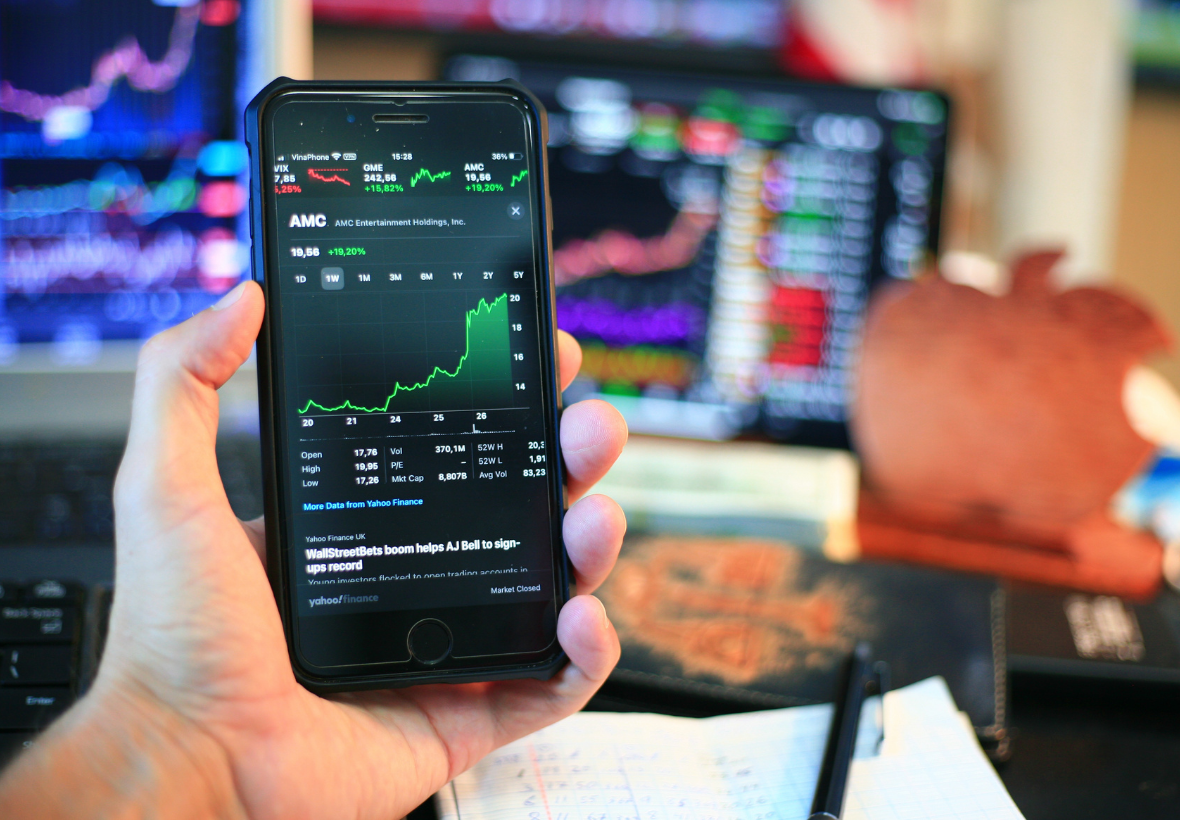In today’s rapidly evolving financial markets, technology has become an indispensable tool for traders. Trading bots, specifically designed algorithms that execute trades automatically, have gained significant popularity among traders looking to optimize their strategies and maximize their profits. This article will explore the concept of a trading bot strategy, focusing on backtesting and providing an example to illustrate its application.
Comprehension Trading Bots
Trading bots are computer programs that use mathematical algorithms and indicators to analyze market data and execute trades. They can operate on various financial markets, including stocks, cryptocurrencies, forex, and commodities. By leveraging advanced algorithms and real-time data, trading bots can quickly analyze vast amounts of information and respond to market movements much faster than humans.
The Importance of Strategy
While trading bots can automate the execution of trades, having a well-defined trading strategy is crucial for success. A trading strategy outlines the rules and conditions under which trades will be executed. It helps traders make informed decisions and ensures consistency in their trading approach. Without a clear strategy, trading bots may generate random trades, leading to inconsistent results.
Backtesting: A Crucial Step
Before implementing a trading bot strategy in live trading, it is essential to perform backtesting. Backtesting involves testing the strategy using historical market data to evaluate its performance. By simulating trades based on past data, traders can assess the effectiveness of their strategy and make any necessary adjustments before risking real capital.
Designing a Trading Bot Strategy
Designing a trading bot strategy involves several key steps:
- Defining the objective: Clearly define the goal of the strategy, such as capital appreciation, risk management, or market making.
- Selecting indicators: Choose the technical indicators that will guide the trading decisions, such as moving averages, relative strength index (RSI), or Bollinger Bands.
- Setting entry and exit rules: Determine the criteria for entering and exiting trades based on the selected indicators.
- Managing risk: Incorporate risk management techniques, such as setting stop-loss orders or position sizing, to protect against potential losses.
Implementing and Executing the Strategy
Once the trading bot strategy is designed, it can be implemented using specialized trading software or platforms that support automated trading. Traders can code their strategies using programming languages like Python or use pre-built tools provided by trading platforms. The strategy is then deployed to the trading bot, which will execute trades according to the predefined rules.
Monitoring and Adjusting the Bot
While the trading bot operates autonomously, it is essential to monitor its performance regularly. Traders should analyze the bot’s execution, review its performance metrics, and make adjustments if necessary. This includes evaluating the strategy’s profitability, win rate, drawdown, and other key performance indicators. Continuous monitoring allows traders to refine the strategy and adapt to changing market conditions.
Example: Moving Average Crossover Strategy
One popular trading strategy is the moving average crossover strategy. It involves using two moving averages, a short-term one and a long-term one, to generate buy and sell signals. When the short-term moving average crosses above the long-term moving average, it signals a buy opportunity, and when it crosses below, it signals a sell opportunity.
For example, consider a 50-day moving average and a 200-day moving average. When the 50-day moving average crosses above the 200-day moving average, it generates a buy signal, indicating that the market is in an uptrend. Conversely, when the 50-day moving average crosses below the 200-day moving average, it generates a sell signal, indicating a potential downtrend.
Conclusion
Trading bot strategies offer traders the ability to automate their trading activities and capitalize on market opportunities. By carefully designing, backtesting, and implementing a well-defined strategy, traders can enhance their decision-making process and potentially improve their trading results. However, it is important to remember that no strategy guarantees success, and continuous monitoring and adjustments are necessary to adapt to changing market dynamics.
Frequently Asked Questions (FAQs)
- What are trading bots? Trading bots are computer programs that execute trades automatically based on predefined rules and algorithms.
- Why is backtesting important? Backtesting allows traders to evaluate the performance of their trading strategies using historical market data before implementing them in live trading.
- Can trading bots replace human traders? While trading bots can automate the execution of trades, they cannot replace the knowledge, intuition, and adaptability of human traders.
- Are trading bot strategies risk-free? No, trading bot strategies carry risks, and traders should carefully manage and monitor their strategies to minimize potential losses.
- How can I get started with trading bots? To get started with trading bots, you can research and select a reliable trading platform or software that supports automated trading and provides the necessary tools and resources for strategy development and execution.


Leave a Reply